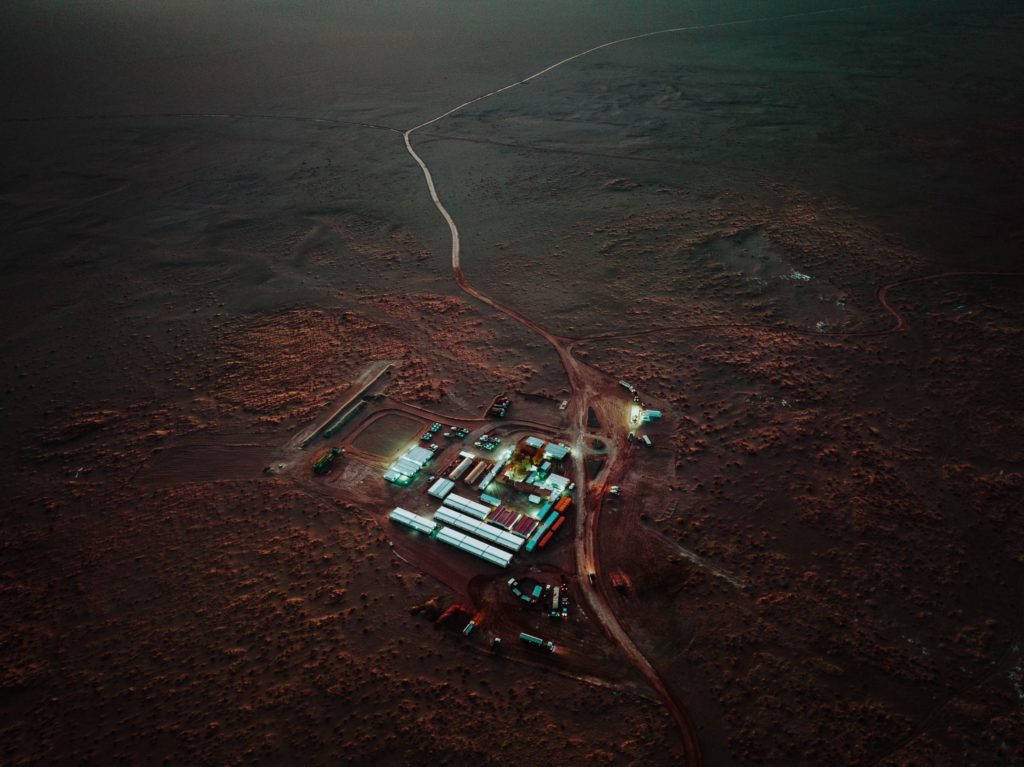Lake Resources expands Kachi lithium resource ahead of definitive study


Lake Resources (ASX:LKE; OTC:LLKKF) now has a significantly larger resource base at its flagship Kachi lithium brine project in Argentina's Catamarca province, thanks to continued hydrogeological work done on the property since its last resource update in June 2023.
An new estimate released this week showed that the project's measured and indicated resources have increased to 7.3 million tonnes of lithium carbonate equivalent (LCE), defined to a depth of 600 metres over 143.8 km2. This represents an increase of approximately 250% over the June estimate of 2.9 million M+I tonnes LCE.
Including the inferred category, the updated total resource estimate at Kachi now exceeds 10.6 million tonnes of LCE, more than double its inaugural resource of 4.4 million tonnes first announced in November 2018.
The resource is the culmination of an expansive hydrogeological characterization program over the last year and half, which according to the Australian miner, has led to significant improvements in its understanding of the Carachi Pampa basin's geology, hydrogeology and geochemistry.
“Our improved hydrogeologic understanding of the system will allow us to develop an optimal extraction and recovery strategy to allow for responsible development of clean lithium in the basin while minimizing the consumption of water and related hydrologic impacts," Michael Gabora, director of geology and hydrogeology, said.
In its June resource update, Lake Resources stated that future drilling at Kachi would be targeting additional step out holes and exploring the deeper resource beyond 400 metres, the previous maximum depth drilled at site.
The resource update incorporated the vertically expansive lithium intersects since that then, including the exceptional lithology and lithium concentrations intersected at borehole K24D41, which has grades of 180-348 mg/L lithium over 445 metres, with an average of 267 mg/L.
The consistency of the lithium concentration and brine chemistry in the new step out holes, as Lake Resources noted, demonstrates how well the brine has circulated and mixed within the basin. Additional surface geophysical surveys have been highly complementary to the step-out and deeper drill holes.
According to the company, this new resource will to be used in the hydrogeologic model for the forthcoming maiden reserve estimate, and will be the basis for the Phase 1 definitive feasibility study expected next month.
The Kachi project ranks among the world’s top 10 brine resources with the potential to deliver high-purity (99.97%) lithium carbonate. A pre-feasibility study in April 2020 outlined a potential 25-year lithium operation capable of producing 25,500 tonnes of LCE a year.
Lake Resources currently has a strategic partnership agreement with U.S.-based Lilac Solutions, which is expected to provide technological and funding support for the lithium brine project.
THIS ARTICLE WAS ORIGINALLY PUBLISHED ON MINING.COM
Comments